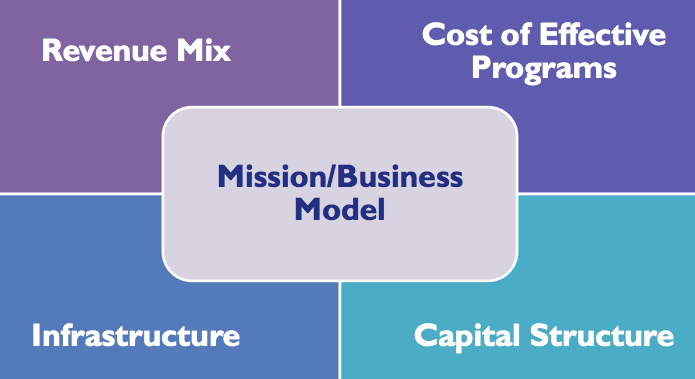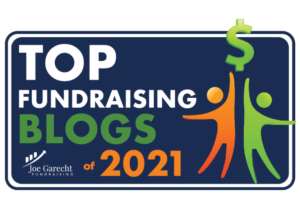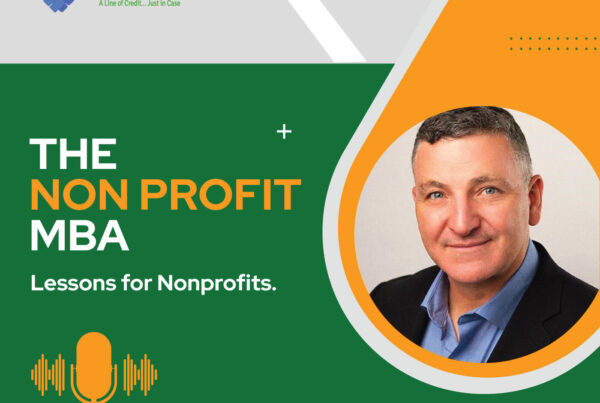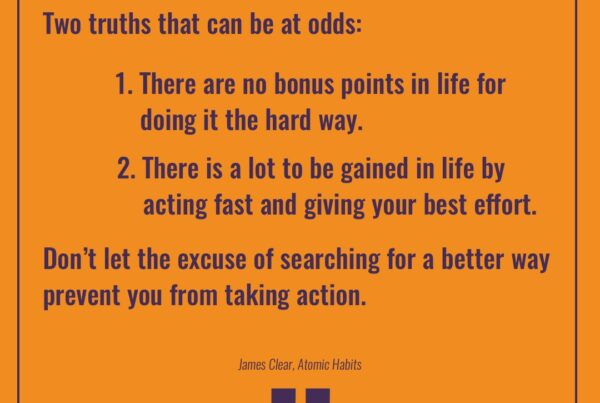Guest post by Kate Barr
This week I’m honored to share this guest post from my colleague and friend Kate Barr from Nonprofit Assistance Fund. Kate is our the guest speaker for this month’s Member Webinar.
The question on every nonprofit leader’s mind is about sustainability. Lately, I’ve been ruminating on one question: “How do you know?”

How do you know your programs, and the organization, are sustainable?
Are you going by gut feeling, or do you have the tools you need to analyze the sustainability of your programs? As an analogy, consider the experience of traveling with your family: Do you have the tools (like a map and the dashboard) to tell you how you are doing in relationship to your destination, or are you like the passenger in the backseat wondering, “Are we sure we’re on the right road?”
At Nonprofits Assistance Fund (NAF), when we think about programmatic nonprofit sustainability, we think of both the mission and financial value of our programs now and in the future. How successful are our programs at moving us forward on our mission? Does the portfolio of programs and fundraising activities also have a positive financial impact on our organization?
This balance of mission and money in our programs is a core responsibility of nonprofit leaders. The programs that are likely to exist, adapt, and prosper in the future are those that have greatest impact on our missions and add up to a healthy bottom line. So, how do we know about the mission and financial value of our programs?
A tool we love to use at NAF is the Mission Money Matrix. This business strategy tool has been adapted over the years to help nonprofits visualize their organization’s programs for analysis through a dual lens of mission merit and financial viability.

To create a Matrix Map requires you know or have access to your mission impact and the financial results of your programs and fundraising activities.
What does that mean?
On the mission side, that means you need to know how well each of your programs are moving you towards the outcomes you are aiming for. A solid system of evaluation, including a clear and thoughtful logic model, will help your organization understand if your programs are having the kind of impact that will help you meet your mission.
On the financial side, the only way you are going to know whether your programs are financially viable is if you know and understand their true costs and what revenue relates to each primary activity.
The true costs of a program include all of the direct expenses for the program, all of the time that staff spends planning, managing, and delivering the program, operating expenses that may be shared among several program areas, and a proportional amount of general and administrative costs. What types and amounts of revenue relate to each program, including fees paid by clients, contracts, program grants, or fundraising campaigns? Which programs generate the revenue to cover their full costs? Knowing the real costs of each program allows us to make informed choices that will lead to mission and financial success.
Consider a hypothetical nonprofit that learns through their analysis that the full cost of providing their program service is $100 per client, but their contract with the county only pays $75.
What can they do?
At a basic level, there are three approaches: price, cost, or subsidy.
1. They can try to negotiate with the county for a contract that covers the full cost.
2. They can reduce the actual costs with budget cuts so they match the county funding.
3. Or they can fill in the gap from a different source, such as fundraising.
What they can’t do is ignore the question and pretend everything will be fine. Most nonprofits struggle with this question all the time, managing different programs with different financial models. Some programs may be financially self-sustaining, or even generate a surplus—but other activities require periodic or ongoing subsidy from fundraising or other program areas.
The Mission Money Matrix tool brings these two components – mission impact and financial model – together to guide discussion and decisions about focus, priorities, and strategies. You shouldn’t have to guess whether or not your organization is on a path to sustainability. Use the tools that will give you the answer to the question, “Are we sure we’re on the right road?”
NOTE: For more information about how to create your own Matrix Map, join Kate on Thursday, June 18 at 11 am Central. Kate is our the guest speaker for this month’s Ignited Fundraising Community Member Webinar.
About Kate Barr: Kate is the executive director of Nonprofits Assistance Fund, and under her leadership it has emerged as a premier financial management resource in Minnesota by providing training, strategic financial counsel, and loans to the nonprofit community. Previously, she served as senior vice president of Riverside Bank. With her unique insight and experience, she is a popular speaker and writer on nonprofit management and financial issues. Kate holds a master’s degree from Hamline University and is a member of their adjunct faculty. Follow Kate on Twitter: @katesbarr.






